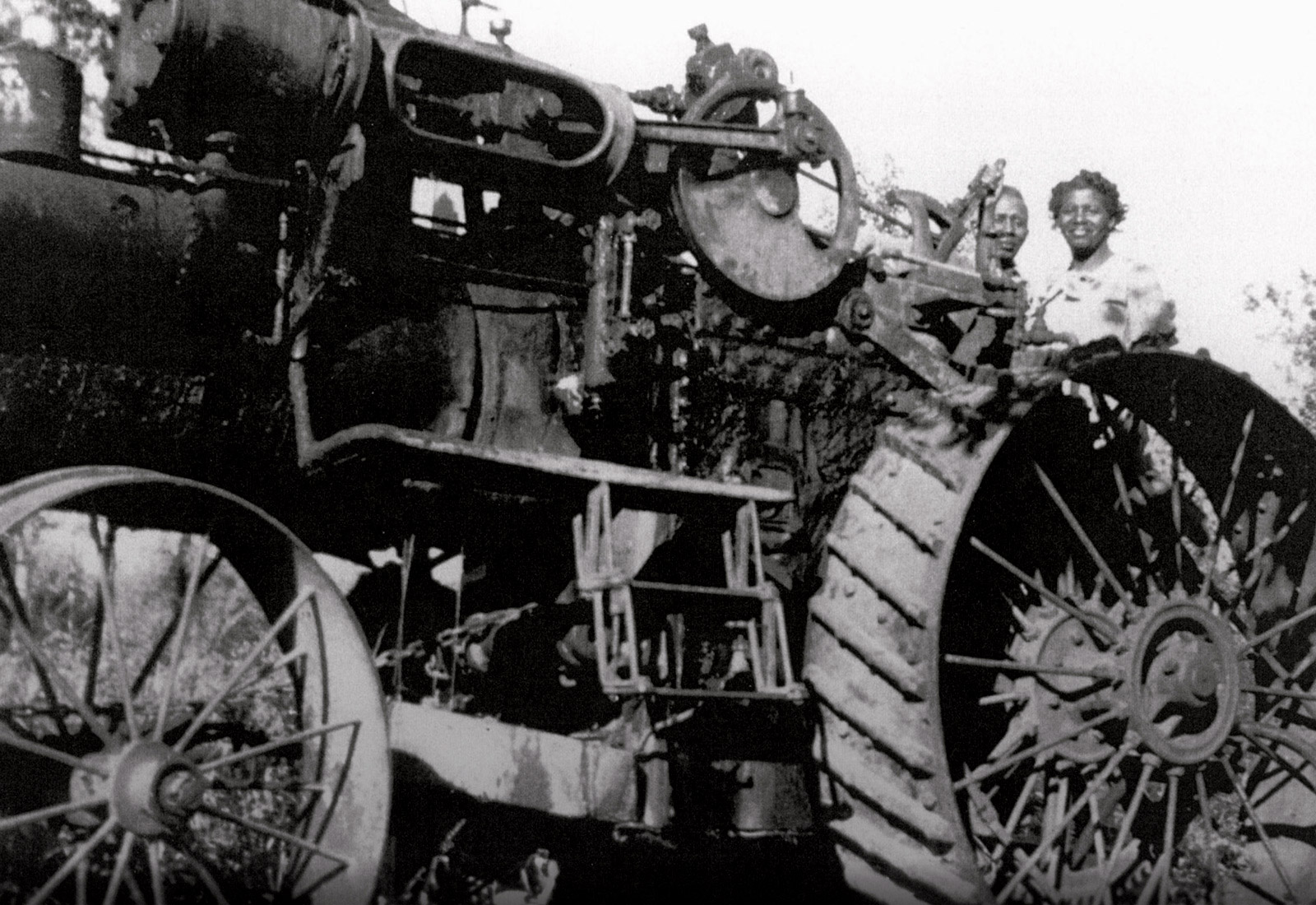Omayra Issa, ’14 BA, has lived in the Prairies ever since coming to Canada from Niger as a teenager. But learning that Black people have lived in the Prairie provinces for more than 200 years has transformed her perspective.
Knowing that Black people have deep roots here has changed the way Issa sees this part of Canada — and herself. She realizes now that she belongs to a community and history of people who have helped make the Prairies what they are today.
It is just one of the important realizations Issa, a senior reporter for CBC, had while co-creating and co-producing Black on the Prairies, an online collection of stories about Black people in Alberta, Saskatchewan and Manitoba. The series explores topics from the past and present, from stories of Black communities’ early migrations to Canada to how Indigenous and Black activists continue to learn from each other today.
Here’s what she has learned about Black people’s history and presence in these provinces — and why she believes teaching it is so important.
Black people play an important role in the Prairies, past and present
Black people have been and continue to be major players in building Prairie communities. Take Mattie Mayes, a matriarch who helped lead a group of Black families from Oklahoma to a better life in Saskatchewan in 1910. Mayes’s family built a church, cemetery and school in the Eldon region, and Mayes became famous as a respected midwife. These days, Edmonton’s Alphonso Davies is inspiring a new generation of soccer players as the youngest person to play on the Canadian men’s national team. Katiiti Kalibbala, an athlete and activist founded RaricaNow, an Edmonton-based NGO that tries to make the Prairies a safe place for refugees of gender and sexual minorities.
Prairie history is more complex than most people realize
Alberta was home to four all-Black communities in the early 1900s. Even before that, there were Black fur traders in the region known today as the Prairies. “Those relationships are completely independent of whiteness,” Issa says. Yet the Prairies are often associated with nostalgic images of white people, and Black Prairie history is barely included in school curricula. She says leaving such facts out when teaching history means whole generations are missing an important part of the story. “The Prairies have always been a place of multiplicity and diversity,” she says. “And the way that [history] is taught right now does not depict that richness.”
Our communities are still changing
The Prairies are home to Canada’s fastest-growing population of Black people, a number that quadrupled between 1996 and 2016 due largely to a growing number of migrants from African countries. The implications of this are huge, Issa says. The makeup of Prairie communities — churches, schools, grocery stores, neighbourhoods — is changing fundamentally. “To me, that fact points to the continued contributions of Black people to the Prairie provinces across time and in all different sectors.” But it also means an even larger group is left out when narratives centre around a white perspective, she says, such as history lessons focused solely on the contributions of white settler communities or stereotypes that Black people are only newcomers.
Learning about the past can have an impact on the present
Learning about history isn’t just a way to reflect on the past, says Issa. It can shape our actions today. A Grade 7 student in Regina, Sask., told Issa recently that she is sharing the Black history she learned in class with her family at the dinner table. Another student told Issa her classmates had stopped using racial slurs since learning about Black history. “When people learn about this history, they realize that Black people are a part of their societies in deeply meaningful ways,” Issa says.
History has the power to enrich the personal
“If you don’t see yourself reflected in the history books or in the public discourse, that absence impoverishes your understanding of yourself,” Issa says. Learning about Black people’s diverse journeys to Canada helped her better understand her own family’s migration to Saskatchewan from Niger. Narratives of Black people’s migrations are often framed by their escape from something, she says. But that framework leaves out an important fact: migration can also be a powerful expression of one’s freedom, agency or citizenship. Understanding stories like that of Henry Sneed — who in 1911 led 194 African-Americans to Alberta from Oklahoma, Arkansas and Texas — as an act of politically informed choice helped her think otherwise. “It means my presence here belongs to a long history that resonates with the presence of people who have been here before me,” Issa says. “And there’s something very humbling and strengthening about that.”

We at New Trail welcome your comments. Robust debate and criticism are encouraged, provided it is respectful. We reserve the right to reject comments, images or links that attack ethnicity, nationality, religion, gender or sexual orientation; that include offensive language, threats, spam; are fraudulent or defamatory; infringe on copyright or trademarks; and that just generally aren’t very nice. Discussion is monitored and violation of these guidelines will result in comments being disabled.